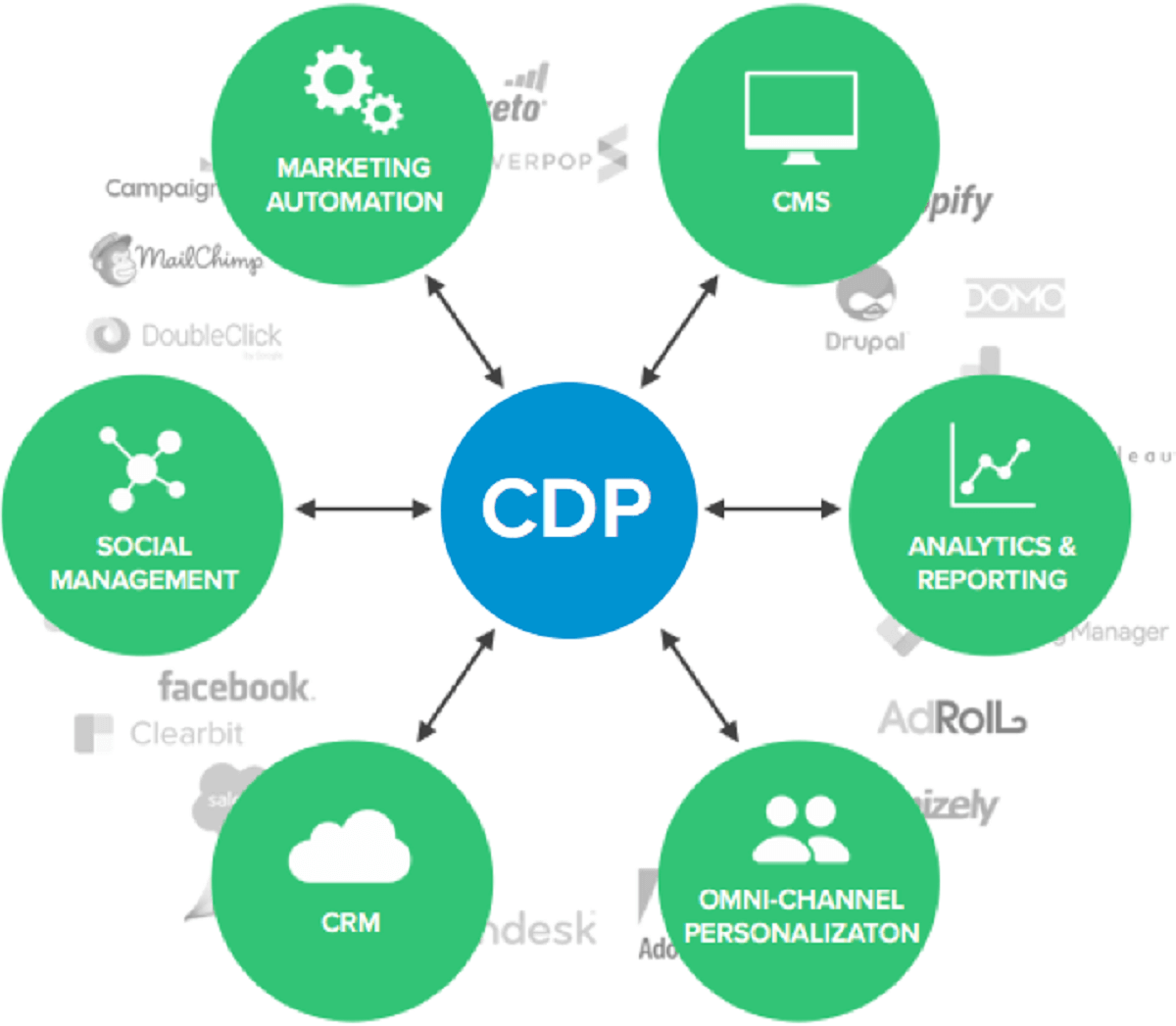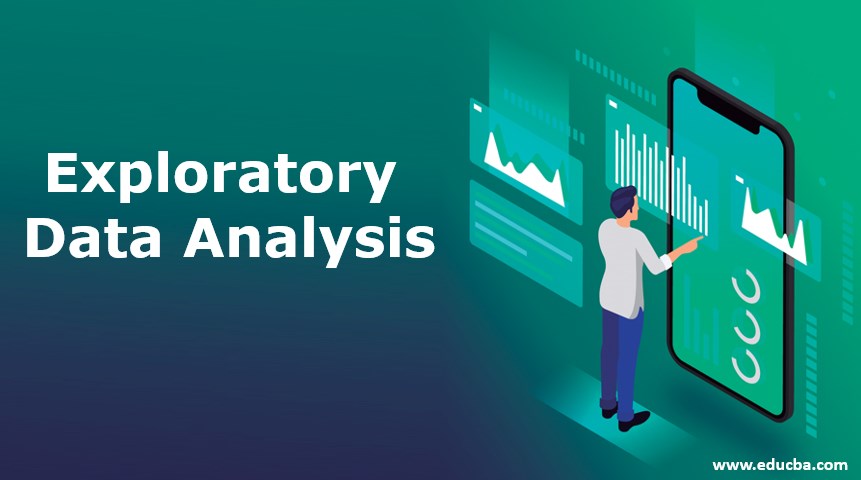In statistical analysis and scientific research, it is crucial to understand the differences between correlation and causation and to use sampling techniques effectively in order to draw accurate conclusions. Correlation refers to the relationship between two variables, while causation refers to a direct cause-and-effect relationship. Sampling allows researchers to study a population based on a…
Tag: Exploratory Data Ana;ysis

Data Analysts, Data Engineers and Data Scientists
Data analysts, data engineers, and data scientists are all professionals who work with data to extract insights and inform decision-making. While there is some overlap in the skills and responsibilities of these roles, they each have their own distinct focus and responsibilities. Data analysts are responsible for collecting, organizing, and analyzing data to inform business…

Customer Data Platforms (CDP)
Customer Data Platforms (CDPs) are a type of software that helps companies collect, store, and manage customer data from various sources, such as web analytics, CRM systems, and marketing automation tools. The goal of a CDP is to create a single, comprehensive view of the customer, which can be used to improve marketing, sales, and…

Formulas and Functions in Microsoft Excel
Commonly used formulas in Excel Microsoft Excel is a powerful tool for working with and analyzing data. It offers a wide range of formulas that can be used to perform a variety of calculations and functions. One of the most basic and commonly used formulas in Excel is the SUM formula, which is used to…

Statistical and Exploratory Data Analysis
Exploratory Data Analysis (EDA) is a method of analyzing data sets to summarize their main characteristics, often with the use of visual methods. This can include looking at the distribution of variables, identifying any outliers or anomalies, and testing for relationships between variables. The goal of EDA is to provide a better understanding of the…

